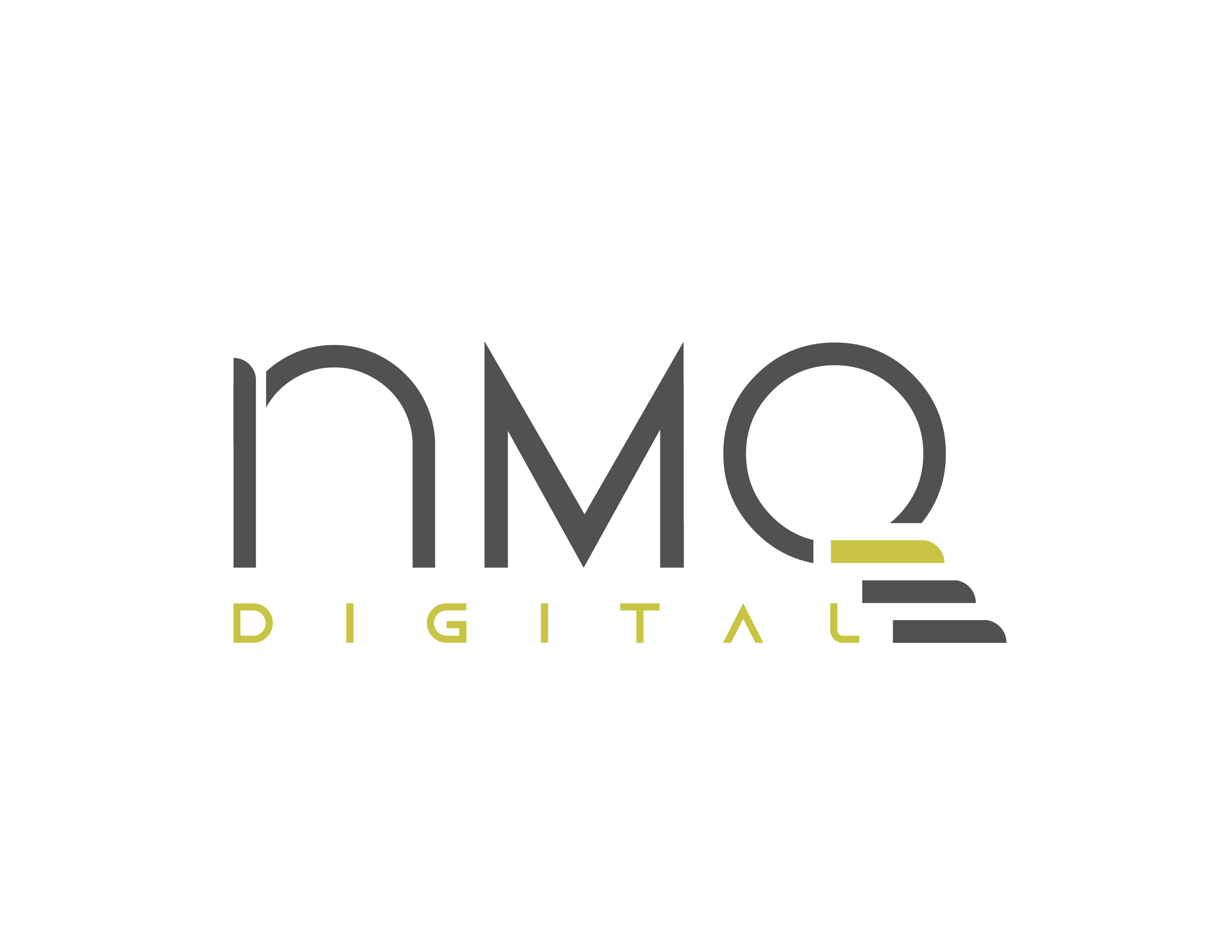Progressive web apps (PWAs) are web-based applications that leverage modern web technologies to provide an app-like experience. They can be installed on a user’s device and accessed offline, blurring the line between web and native apps. PWAs offer cross-platform compatibility and can adapt to various devices, eliminating the need for separate native app development.
In this blog post, we will explore;
- How to Create a PWA (Progressive Web App)
- Features of PWAs
- Benefits of PWAs
- Issues with PWAs
- Conclusion
How to Create a PWA (Progressive Web App)
Creating a PWA is not quite different from creating a regular website. You need to have a responsive design that adapts to different screen sizes and orientations, and you need to follow some web development best practices like:
- Minifying and compressing your code
- Optimizing your images
- Using web fonts instead of custom fonts
- Implementing lazy loading for images and videos
- Using progressive enhancement techniques
However, to make your website a PWA, you also need to add some extra steps like:
- Registering a service worker and defining a caching strategy: A service worker is a JavaScript file that runs in the background and can intercept network requests, cache, or retrieve resources, and handle push notifications. You need to register a service worker in your main JavaScript file and specify which files you want to cache for offline access. You can use tools like Workbox or PWA Builder for that purpose.
- Creating a web app manifest and linking it to your HTML file: A web app manifest is a JSON file that contains information about your app, such as name, icons, theme color, orientation, and display mode. You need to create a manifest file and link it to your HTML file using a <link> tag with rel="manifest". This will enable users to install your app on their home screen.
- Enabling HTTPS on your server or using a service like Firebase Hosting or Netlify: HTTPS is a secure protocol that encrypts the communication between your server and your users. It is required for PWAs because it ensures the integrity of your app and protects user data. You need to enable HTTPS on your server or use a hosting service that provides HTTPS by default, such as Firebase Hosting or Netlify.
- Testing your PWA using tools like Lighthouse or Chrome DevTools: Lighthouse is a tool that audits your web app for performance, accessibility, best practices, and PWA features. Chrome DevTools is a set of tools that help you debug and optimize your web app. You can use these tools to test your PWA and identify areas for improvement.
Overall, creating Progressive Web Apps (PWAs) represents a forward-thinking approach to web development, aiming to bridge the gap between web and native app experiences. The journey begins with understanding core PWA features —such as service workers, web app manifests, and responsive design— to ensure your application is fast, reliable, and engaging.
Utilizing modern service worker tools like Workbox or leveraging platforms like PWA Builder can significantly simplify the process, automating much of the heavy lifting involved in setting up service workers and offline capabilities.
Features of PWAs
According to Google, PWAs should have the following characteristics:
- Progressive: They work for every user, regardless of the browser chosen because they are built at the base with progressive improvement principles.
- Responsive: They fit any screen size and orientation, ensuring a consistent user experience across devices.
- Connectivity-independent: Thanks to the service workers and caching strategies, they can work offline or in low-connectivity situations.
- App-like: They offer an app-like interface and navigation, with features such as add to home screen, push notifications, and splash screens. So instead of your website which typically looks like a website, once you install it, it will remove the address bar and browser-specific things and make your website look like an app. And the same goes for mobile phones.
- Fresh: They are always up to date, as the service worker updates the content in the background whenever there is a network connection.
- Safe: They are served over HTTPS, ensuring data security, and preventing tampering.
- Discoverable: They are easily discoverable by search engines and users, as they are registered as applications in the web app manifest file.
- Re-engageable: They can re-engage users with push notifications, even when they are not using the app.
- Installable: They can be added to the home screen of the user’s device, without requiring installation from an app store.
- Linkable: They can be easily shared via a URL, without requiring complex installation or registration.
Benefits of PWAs
PWAs offer numerous benefits for both users and businesses, such as:
- Improved performance: PWAs load faster and consume less data than traditional websites or native apps, as they only download the necessary resources and cache them for future use. This improves user satisfaction and retention rates.
- Reduced development cost: PWAs eliminate the need for developing separate native apps for different platforms, as they use standard web technologies that work across browsers and devices. This reduces development time, effort, and resources, as well as maintenance costs.
- Increased reach: PWAs can reach a wider audience than native apps, as they do not require installation from an app store or compatibility with specific devices. Users can access them directly through a URL or a search engine query, without any barriers or friction.
- Enhanced user experience: PWAs provide a seamless and immersive user experience that mimics native apps, with features such as offline mode, push notifications and app-like interface. Users can also customize their experience by adding the app to their home screen or adjusting their preferences.
- Higher conversion rates: PWAs can increase conversion rates by providing a fast, reliable, and engaging user experience that drives user loyalty and trust. According to Orange, PWAs can increase conversion rates by up to 52% compared to traditional websites or native apps.
There are many examples of businesses that have successfully implemented PWAs and achieved positive results in terms of performance, engagement, and conversion. Here are some data points from Google that illustrate the impact of PWA on business outcomes:
- Pinterest increased core engagements by 60%, ad revenue by 44% and time spent on site by 40% after launching their PWA.
- Starbucks increased daily active users by 2x after launching their PWA, which also works offline and allows users to browse the menu and customize their orders.
- Forbes increased impressions per session by 10%, ad viewability by 20% and engagement by 100% after launching their PWA, which also reduced page load time by 40%.
- Lancôme increased mobile revenue by 36%, conversions by 17%, and session length by 53% after launching their PWA, which also improved performance and user experience on low-end devices.
- Trivago increased engagement by 150%, click-outs by 97% and hotel offers by 67% after launching their PWA, which also reduced the bounce rate by 5%.
So, all in all, Progressive Web Apps (PWAs) stands at the forefront of modern web development, offering a unique blend of the best features of web and mobile apps. With their ability to work offline, load quickly, and provide a native-app-like experience, PWAs not only enhance user engagement but also improve accessibility across various devices and networks.
The use of service workers, responsive design, and push notifications means PWAs can offer a seamless, integrated user experience, leading to increased retention and performance. For businesses and developers, the benefits are clear: PWAs are cost-effective, easy to distribute, and maintain, bypassing the complexities and constraints of app store submissions.
By adopting PWAs, you're not just keeping pace with web development trends; you're setting your projects up for broader reach, better engagement, and a future-proofed presence on the web.
Issues with PWAs
Despite their advantages, PWAs also have some limitations and challenges to consider, such as:
- Limited access to device features: PWAs cannot access some of the device features that native apps can, such as camera, microphone, contacts, calendar, or Bluetooth. This may limit their functionality or usability for some use cases or users.
- Inconsistent support across browsers and platforms: PWAs rely on web standards and APIs that are not fully supported by all browsers and platforms. This may cause compatibility issues or inconsistent user experience across devices. For example, iOS does not support push notifications or background sync for PWAs yet.
- Low visibility in app stores: PWAs are not listed in app stores like native apps are, which may reduce their visibility and discoverability for some users who prefer to browse or download apps from app stores. This may also affect their ranking or reputation among other apps.
- User education and adoption: PWAs are still relatively new and unfamiliar to many users who may not know how to use them or what benefits they offer. Users may also be reluctant to add them to their home screen or enable push notifications due to privacy or security concerns. This may require more user education and adoption strategies from businesses.
Hence, given these challenges, it is crucial to determine if your business is well-suited for a PWA. For example, Progressive Web Apps (PWAs) are particularly transformative for the retail and e-commerce sector, enhancing shopping experiences with fast, offline-capable browsing and push notifications that drive engagement and sales.
However, sectors that require advanced, hardware-specific functionalities —such as high-end gaming or specialized medical applications— might not reap the full benefits of PWAs. These fields often depend on the extensive capabilities and processing power of native applications to deliver the complex graphics, real-time responsiveness, and specialized functionalities that PWAs currently cannot match, primarily due to their reliance on web technologies and the limitations of running within a browser environment.
Conclusion
PWAs are web-based applications that provide an app-like experience with features such as offline mode, push notifications, and add-to-home screens. They offer many benefits for both users and businesses, such as improved performance, reduced development cost, increased reach, and enhanced user experience.
They also have some issues to consider, such as limited access to device features, inconsistent support across browsers and platforms, low visibility in app stores, and user education and adoption. However, the data shows that PWAs can have a positive impact on business outcomes, such as engagement, conversion, and revenue.
If you're looking to develop or integrate PWAs into your business strategy, NMQ Digital offers its wealth of expertise and experience to craft high-performing, dependable, and captivating PWAs that align with your objectives and aspirations.






